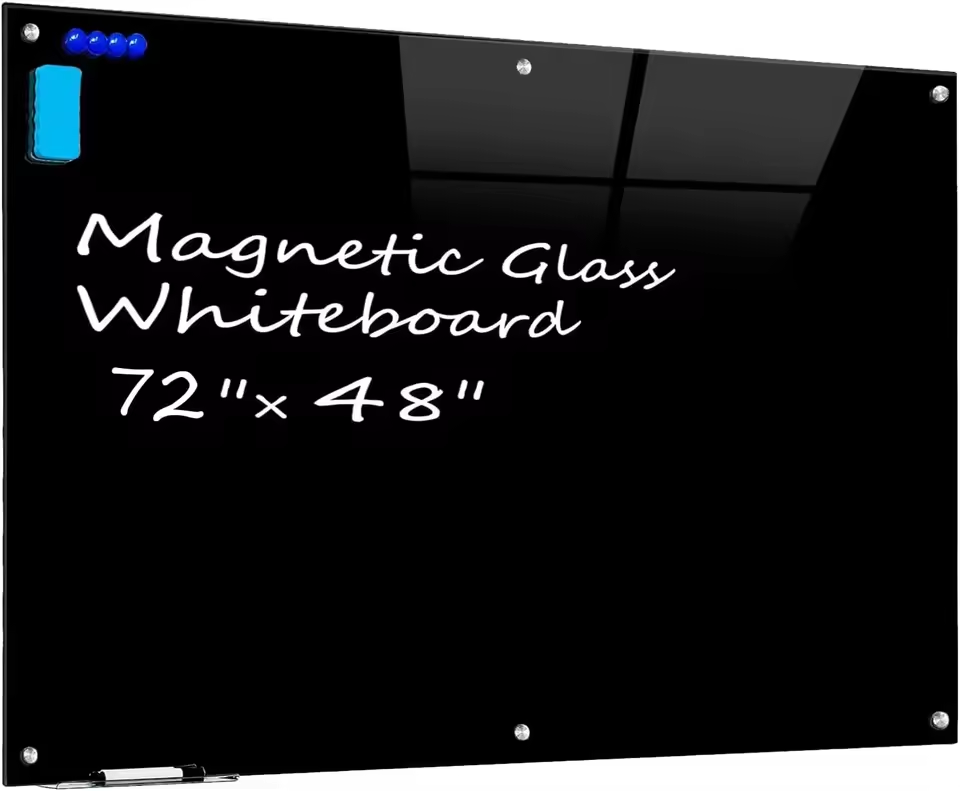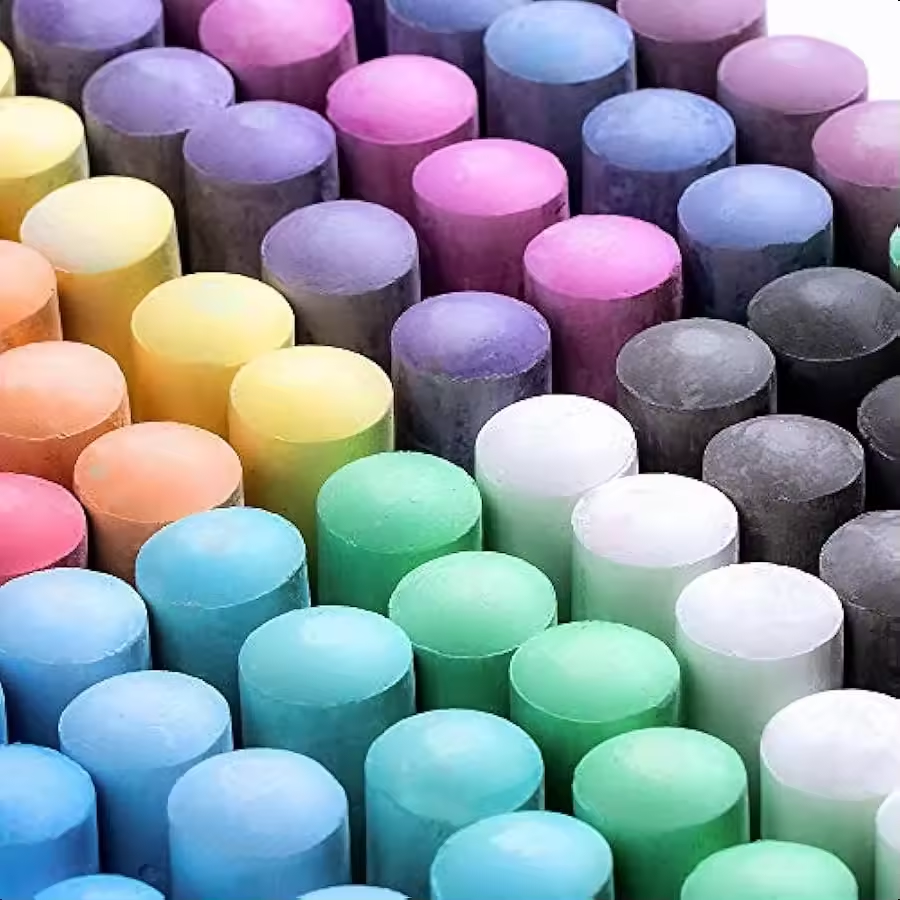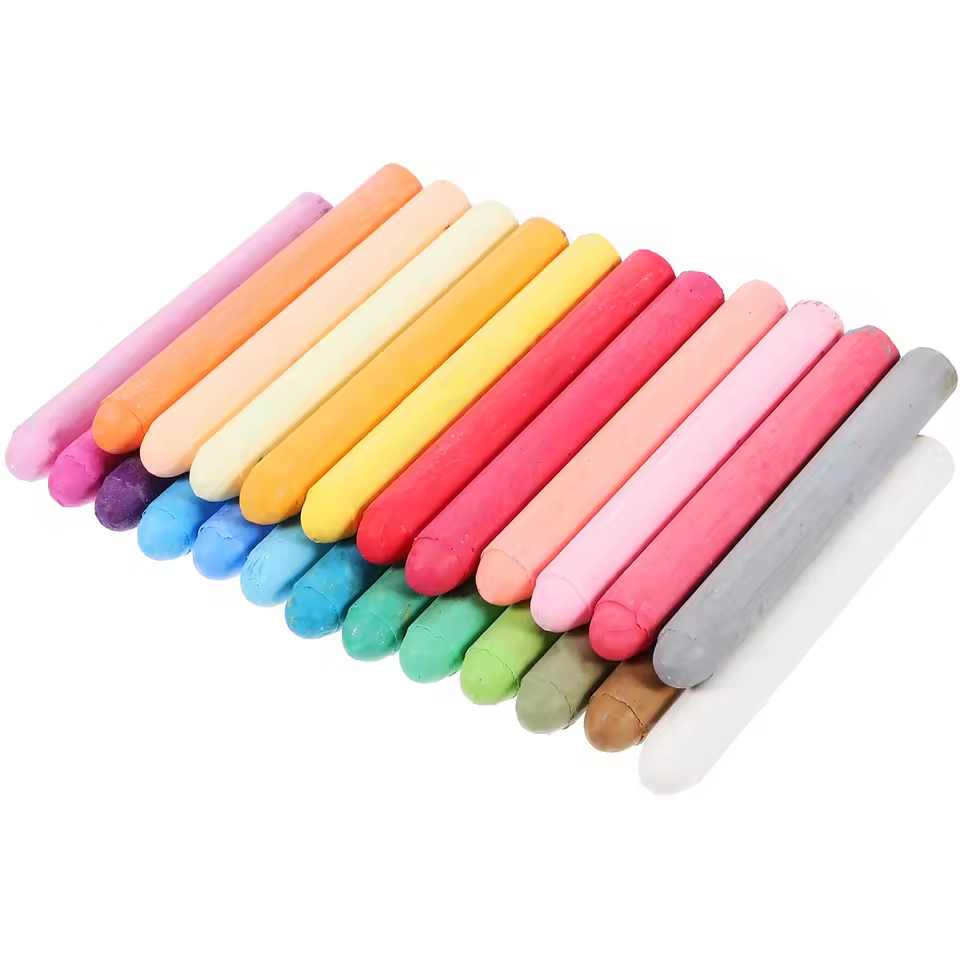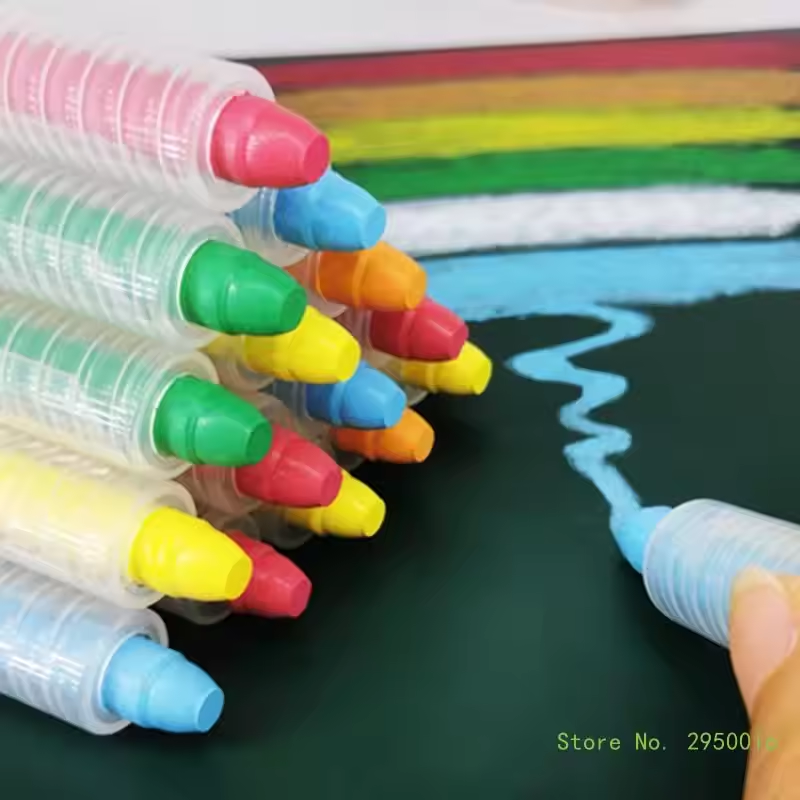What is Chalk Board Paint?
Chalk board paint is a special type of paint. It transforms surfaces into writable and erasable boards. It is a fun and functional medium for creative expression and organization. Available in various colors, it brings a playful and interactive touch to any space.

Types of Chalk Board Paint
There are two main types of chalk paint. Traditional black chalk board paint is the classic option for a sleek and timeless look. Colored chalk board paint offers creative versatility with vibrant shades. Some paints are water-based, making them safer and eco-friendly. Others are oil-based, known for durability and smoother finishes. Additionally, spray chalk paint is quick to apply for small and detailed projects.
Benefits of Using Chalk Board Paint
Chalk board paint adds both style and practicality to walls or surfaces. It is a reusable canvas for writing, drawing, and planning. Ideal for both homes and offices, it turns dull walls into interactive spaces. It is perfect for organizing schedules, teaching, or enhancing creativity. Plus, it is easy to clean with a cloth, keeping surfaces neat. Its versatility makes it suitable for any room, from kitchens to kids’ bedrooms.
Preparing Walls for Chalk Board Paint Application
Proper preparation ensures a smooth and lasting chalk board surface. Follow these steps before starting.
Surface Selection and Preparation
- Choose the right surface: Select a clean, smooth, and durable wall or object.
- Repair imperfections: Fill cracks and holes with spackle or putty. Let it dry completely.
- Smooth the surface: Sand the area using fine-grit sandpaper for an even texture.
- Clean thoroughly: Remove dust, grease, or dirt with a damp cloth and mild soap if needed.
- Ensure dryness: Make sure the surface is completely dry before applying chalk board paint.
Necessary Materials and Tools
- Materials:
- High-quality chalk paint
- Primer (if required)
- Spackle or wall filler
- Tools:
- Fine-grit sandpaper
- Damp cloth for cleaning
- Paint brushes or rollers
- Painter’s tape for clean edges
- Drop cloth to protect floors
Having the right materials and tools ensures a professional finish.
Common Mistakes to Avoid
- Skipping surface preparation: Ensure you clean and sand the surface properly.
- Neglecting primer: Use primer on porous or dark surfaces for better results.
- Using old or low-quality paint: Select fresh, high-quality chalk paint for smooth coverage.
- Applying uneven coats: Apply thin, even layers to prevent streaks or bumps.
- Rushing drying time: Follow the manufacturer’s drying recommendations strictly.
By avoiding these mistakes, you’ll achieve a durable and attractive chalk board surface.
Step-by-Step Guide to Applying Chalk Board Paint
Applying chalk board paint requires a careful approach for great results. Follow these steps for success.
Applying Primer for Better Adhesion
- Choose the right primer: Select a primer suitable for your surface material.
- Apply a thin, even coat: Use a brush or roller for smooth coverage.
- Allow proper drying time: Follow the drying instructions provided with the primer.
- Sand lightly after drying: Use fine-grit sandpaper for a smooth base.
- Clean surface after sanding: Wipe off dust with a damp cloth before painting.
Using primer improves adhesion and enhances the durability of the chalk board paint.
Painting Techniques for a Smooth Finish
- Start with a clean surface: Make sure the wall is dust-free and dry.
- Use a high-quality brush or roller: This ensures an even paint application.
- Apply thin coats: Avoid heavy paint layers to prevent streaking.
- Follow drying times: Let each coat dry completely before adding another.
- Check for uniformity: Inspect for missed spots or uneven coatings after drying.
- Consider multiple coats: Apply 2–3 layers for the best coverage and durability.
By using proper techniques, you’ll achieve a smooth and professional chalk board surface.
Creative Ideas for Using Chalk Board Paint Walls
Chalk board paint walls can transform any space into a functional or decorative masterpiece. Here are creative ways to use chalk board paint in your home or office.
Functional Uses: Message Boards and Organizers
- Family Message Center: Use it in kitchens or hallways for jotting down notes and reminders.
- To-Do Lists: Create task lists to keep your day organized and track daily goals.
- Menu Boards: Perfect for restaurants or home kitchens to display daily specials or meal plans.
- Kids’ Schedules: Keep track of school timings, play dates, or extracurricular activities for children.
- Workplace Planners: Use in office spaces for brainstorming, meeting schedules, or project timelines.
- Shopping Lists: Write down items you need to pick while grocery shopping, right on the wall.
Decorative Uses: Artistic Designs and Personalization
- Inspirational Quotes: Decorate your wall with motivational phrases to uplift the mood of the space.
- Seasonal Decorations: Draw pumpkins for autumn, snowflakes for winter, or flowers for spring.
- Gallery Walls: Showcase ever-changing artwork or doodles to make the area lively.
- Kids’ Art Corner: Let children express themselves freely by drawing directly on the walls.
- Custom Wall Murals: Create unique designs that reflect your personality and style.
- Party Backdrops: Design fun and creative backdrops for themed parties and events.
Chalk board paint walls bring not only utility but also a unique charm to any environment. Use them to inspire, organize, or simply have fun!
Maintaining and Cleaning Chalk Board Painted Walls
Proper maintenance and cleaning keep chalk board walls functional and appealing. Follow these tips for excellent care.
Tips for Long-Lasting Chalk Board Surfaces
- Season the surface: Rub chalk all over the wall and wipe to prime it.
- Use quality chalk: Avoid low-grade chalk that leaves permanent marks or scratches.
- Clean regularly: Wipe the surface with a damp cloth to remove chalk residue.
- Avoid abrasive cleaners: Use soft materials to clean to prevent damage.
- Control moisture: Keep chalk board walls dry to prevent paint from deteriorating.
- Touch-up paint: Reapply chalk board paint on worn areas periodically to refresh the surface.
- Limit heavy usage: Prevent over-scrubbing or excessive chalk use for extended life.
Removing Chalk Residue Properly
- Start with a dry cloth: Wipe away loose chalk dust gently.
- Use a damp microfiber cloth: Remove stubborn residue without scratching.
- Apply a mild soap solution: For deeper cleaning, mix soap with water and use lightly.
- Rinse thoroughly: Wipe the surface again using clean water to avoid soap marks.
- Dry completely: Ensure no moisture remains to protect the surface.
By following these steps, your chalk board paint walls will stay clean and functional for years.
DIY Projects Using Chalk Board Paint
Chalk board paint isn’t just for walls. It lets you create unique and practical DIY projects. Transform furniture or accessories into personalized pieces that spark creativity and organization.
Furniture Transformation with Chalk Paint
- Revamp old furniture: Apply chalk paint to dressers, cabinets, or tables for a new touch.
- Chalk board desks: Create writable surfaces for workstations or kids’ study tables.
- Storage solutions: Paint storage boxes or bins, and label them with chalk for easy organization.
- Custom coffee tables: Turn the surface into a doodling spot or a playing zone for kids.
- Cabinet doors: Design a writable menu or shopping list space in your kitchen.
- Headboards: Use chalk paint on bed headboards for custom designs or daily inspirations.

Crafting Chalk Board Accessories
- Planters and pots: Paint clay pots to label plants or add creative designs.
- Picture frames: Use chalk paint on old frames for writable decorations.
- Serving trays: Paint serving trays to display menu items or decorative messages.
- Bookmarks: Create reusable bookmarks with a layer of chalk paint.
- Coasters: Make chalk board coasters for labeling drinks or writing fun notes.
- Gift tags: Paint small tags for personalized and reusable gift labeling.
By using chalk paint creatively, you can rejuvenate items and make them both functional and artistic.
Frequently Asked Questions About Chalk Paint
Can Chalk Paint Be Used on Non-Wall Surfaces?
Yes, chalk paint is versatile and works well on many surfaces besides walls. Use it on items like furniture, doors, or even glass and metal objects. Ensure the surface is clean, smooth, and dry before applying. For porous surfaces like wood, applying a primer is important for better results. Non-porous surfaces such as glass may need light sanding or special primers for strong adhesion. The paint can also transform smaller items like boxes, frames, or trays into writable pieces.
How to Reapply or Repair Chalk Board Paint
Repairing or refreshing chalk board paint is simple and effective. First, clean the surface thoroughly to remove chalk dust, grease, or stains. Sand the area lightly to make it smooth, especially on worn or cracked spots. Apply a fresh coat of high-quality chalk board paint evenly over the surface. For heavy damage or discoloration, multiple coats may be required. Let each coat dry completely before applying the next. Regular touch-ups ensure the chalk board stays functional and looks great!